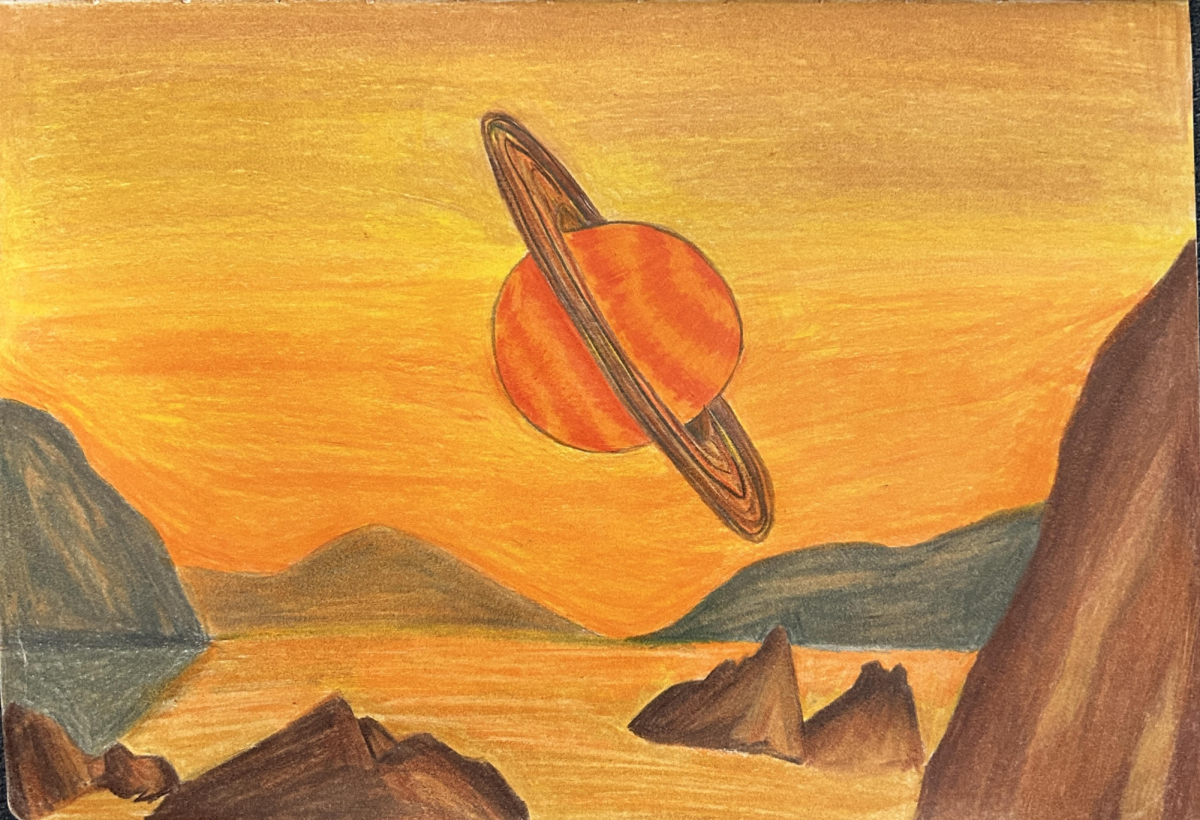Xinting Yu, an assistant professor in the UTSA Department of Physics and Astronomy, led a study that recently discovered the “magic islands” on Saturn’s biggest moon, Titan, are likely porous and icy organic chunks. The study was published in the Geophysical Research Letters on Jan. 4, 2024.
Titan, a moon larger than our moon and the planet Mercury is the only world in our solar system that has Earth-like water features. Titan’s seas and lakes, however, consist of liquid ethane and methane, which form clouds and cause liquid gas to rain down on its surface. According to NASA, Titan’s atmosphere is 95% nitrogen and 5% methane, which causes Titan to have its famous orange, fuzzy glow.
The “magic islands” were first discovered during the Cassini-Huygens mission that launched in 1997, with their first appearance being on July 10, 2013. Scientists have since been trying to figure out what they are.
“I wanted to investigate whether the magic islands could be organics floating on the surface, like pumice that can float on water here on Earth before finally sinking,” Yu said. “For us to see the magic islands, they can’t just float for a second and then sink. They have to float for some time, but not forever either.”
Yu, along with the University of California at Santa Cruz’s Yue Yu, Julia Garver, and Xi Zhang and Johns Hopkins University’s Patricia McGuiggan, explored two explanations for the moon’s “magic island” phenomenon: capillary force and porosity.
In the study, Yu found capillary force-induced floatation to be improbable with the low surface tension of the moon’s seas and lakes due to the ethane and methane. Models suggested that the floating solids were too dense, and the study found that capillary force-induced floatation could be feasible only if the solids resembled terrestrial snow.
You suggested that individual clumps were likely too small to float on their own, but larger pieces could break off if enough clumps were massed together near the shore. With this and the right ratio of porosity and size, the organic solids could float and create the “magic island” phenomenon. The study concludes with porosity as the “only plausible mechanism” for the floating organic solids.
Along with the “magic islands,” these findings could lead to answers to another mystery on Saturn’s biggest moon. A thin layer of floating, frozen organic solids could explain the unusual smoothness of Titan’s lakes and seas.
“I’ve known about the magic islands since I started grad school, but I never thought I’d be able to contribute to understanding them,” Yu said. “It feels good to make some discoveries myself.”
Yu recently established a Planetary Material Characterization Facility at UTSA’s main campus to provide students with opportunities in planetary research. Her research team is currently creating an authentic database cataloging planetary and exoplanetary properties to enhance the understanding of planetary atmospheres and surfaces.
To read more about Yu’s study, visit https://agupubs.onlinelibrary.wiley.com/journal/19448007.











